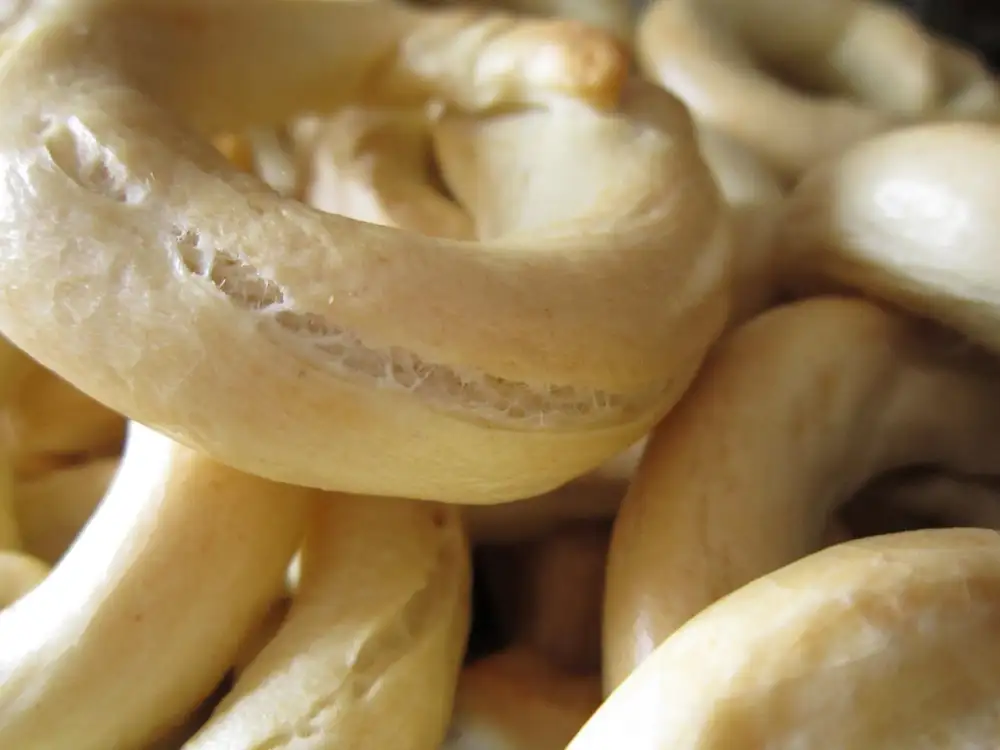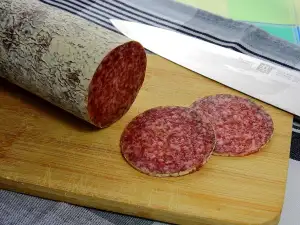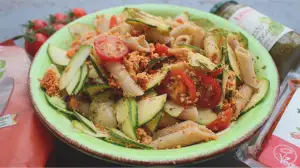Unlock the Magic of Baking with Dry Yeast: Try These Delectable Recipes!

- Benefits of using dry yeast in baking
- How to activate dry yeast before using it in recipes
- Tips for storing dry yeast to maintain its freshness
- Popular recipes that use dry yeast as an ingredient
- Step-by-step instructions for making bread using dry yeast
- Creative ways to incorporate dry yeast in other baked goods
Dry yeast is a versatile ingredient that plays a crucial role in the art of baking. It is a type of yeast that has been dehydrated and packaged into granules or powder form, making it convenient and easy to use. Dry yeast is commonly used in bread making, but its applications extend far beyond that. Whether you're a seasoned baker or just starting out, understanding the magic of dry yeast can elevate your baking skills to new heights. So let's dive into the world of dry yeast and unlock its potential in creating delectable baked goods!
Benefits of using dry yeast in baking
Using dry yeast in baking offers numerous benefits that can enhance the quality and taste of your baked goods. Firstly, dry yeast provides consistent results, ensuring that your breads and pastries rise evenly every time. It also has a longer shelf life compared to fresh yeast, making it more convenient and cost-effective. Dry yeast is also easy to measure and store, eliminating the need for refrigeration. Additionally, it adds a distinct flavor and aroma to your baked goods, giving them a delicious homemade touch. With all these advantages, dry yeast is truly a must-have ingredient for any aspiring baker.
How to activate dry yeast before using it in recipes
To activate dry yeast before using it in recipes, start by proofing the yeast. In a small bowl, combine warm water (around 110°F/43°C) and a teaspoon of sugar. Sprinkle the dry yeast over the water and gently stir to dissolve. Let it sit for about 5-10 minutes until the mixture becomes frothy and bubbly. This indicates that the yeast is active and ready to be used in your recipe. If there is no foam or bubbles, it means that the yeast may be expired or inactive, and you'll need to start with fresh yeast.
Tips for storing dry yeast to maintain its freshness
To maintain the freshness of dry yeast, it is important to store it properly. Here are some tips to help you keep your yeast in top condition:
1. Store in a cool and dry place: Yeast should be kept away from heat, moisture, and direct sunlight. A pantry or cupboard is an ideal spot.
2. Use airtight containers: Transfer the yeast from its original packaging into an airtight container or resealable bag. This will prevent moisture from seeping in and prolong its shelf life.
3. Refrigerate or freeze: If you live in a warm climate or don't use yeast frequently, consider storing it in the refrigerator or freezer. Just make sure to bring it back to room temperature before using.
4. Check expiration dates: Always check the expiration date on the package before using yeast. Using expired yeast can result in flat and unrisen baked goods.
By following these simple storage tips, you can ensure that your dry yeast remains fresh and potent for all your baking adventures!
Popular recipes that use dry yeast as an ingredient
Popular recipes that use dry yeast as an ingredient include classic homemade pizza dough, fluffy cinnamon rolls, and crusty artisan bread. Dry yeast adds a distinct flavor and texture to these recipes, making them irresistible. Whether you're craving a savory or sweet treat, incorporating dry yeast into your baking will elevate the taste and aroma of your creations.
Step-by-step instructions for making bread using dry yeast
Step 6: Step-by-step instructions for making bread using dry yeast
1. In a mixing bowl, combine 2 ¼ teaspoons of dry yeast with 1 cup of warm water (about 110°F). Let it sit for about 5 minutes until the mixture becomes frothy.
2. In a separate large bowl, mix together 3 cups of all-purpose flour, 1 tablespoon of sugar, and 1 teaspoon of salt.
3. Create a well in the center of the dry ingredients and pour in the yeast mixture along with 2 tablespoons of olive oil.
4. Stir the mixture until it forms a shaggy dough.
5. Transfer the dough onto a floured surface and knead it for about 10 minutes until it becomes smooth and elastic.
6. Place the dough in a greased bowl and cover it with a clean kitchen towel. Allow it to rise in a warm place for about an hour or until doubled in size.
7. Once risen, punch down the dough to release any air bubbles.
8. Shape the dough into your desired loaf shape or divide it into smaller portions to make rolls or buns.
9. Place the shaped dough onto a baking sheet lined with parchment paper and cover them again with a kitchen towel. Let them rise for another 30 minutes.
10. Preheat your oven to 375°F (190°C) while the dough is rising.
11. Before baking, you can brush the top of the bread with an egg wash or sprinkle some seeds for added flavor and texture.
12. Bake in the preheated oven for about 25-30 minutes or until golden brown on top and sounds hollow when tapped on the bottom.
13. Remove from oven and let cool on wire racks before slicing and enjoying your freshly baked bread!
Creative ways to incorporate dry yeast in other baked goods
Creative Ways to Incorporate Dry Yeast in Other Baked Goods:
1. Pizza Dough: Add dry yeast to your pizza dough recipe for a light and fluffy crust that rises beautifully.
2. Cinnamon Rolls: Use dry yeast in the dough of your cinnamon rolls to achieve a soft and pillowy texture.
3. Pretzels: Incorporate dry yeast into the pretzel dough for that signature chewy and golden-brown exterior.
4. Bagels: Make homemade bagels by adding dry yeast to the dough, resulting in a dense yet tender texture.
5. Donuts: Create airy and delicious donuts by using dry yeast in the batter, giving them that perfect rise.
6. Focaccia Bread: Enhance the flavor and texture of your focaccia bread by incorporating dry yeast into the dough.
7. Danish Pastries: Use dry yeast in the pastry dough of Danish pastries for a light and flaky treat.
8. Dinner Rolls: Make irresistibly soft dinner rolls by adding dry yeast to the dough, perfect for any meal.
By exploring these creative ways to incorporate dry yeast into various baked goods, you can elevate your baking skills and enjoy a wide range of delicious treats with ease!
Conclusion: Enhance your baking skills with the versatility of dry yeast. Whether you're a seasoned baker or just starting out, incorporating dry yeast into your recipes can take your creations to the next level. The benefits of using dry yeast are numerous - it provides consistent results, enhances flavor and texture, and allows for a longer shelf life. By activating the yeast properly and storing it correctly, you can ensure its freshness and effectiveness. From classic breads to sweet treats like cinnamon rolls and pizza dough, dry yeast adds that magical touch to your baked goods. So why not unlock the potential of dry yeast and elevate your baking game? Try these delectable recipes today and let the magic unfold in your kitchen!
Published: 30. 11. 2023
Category: Recipes



